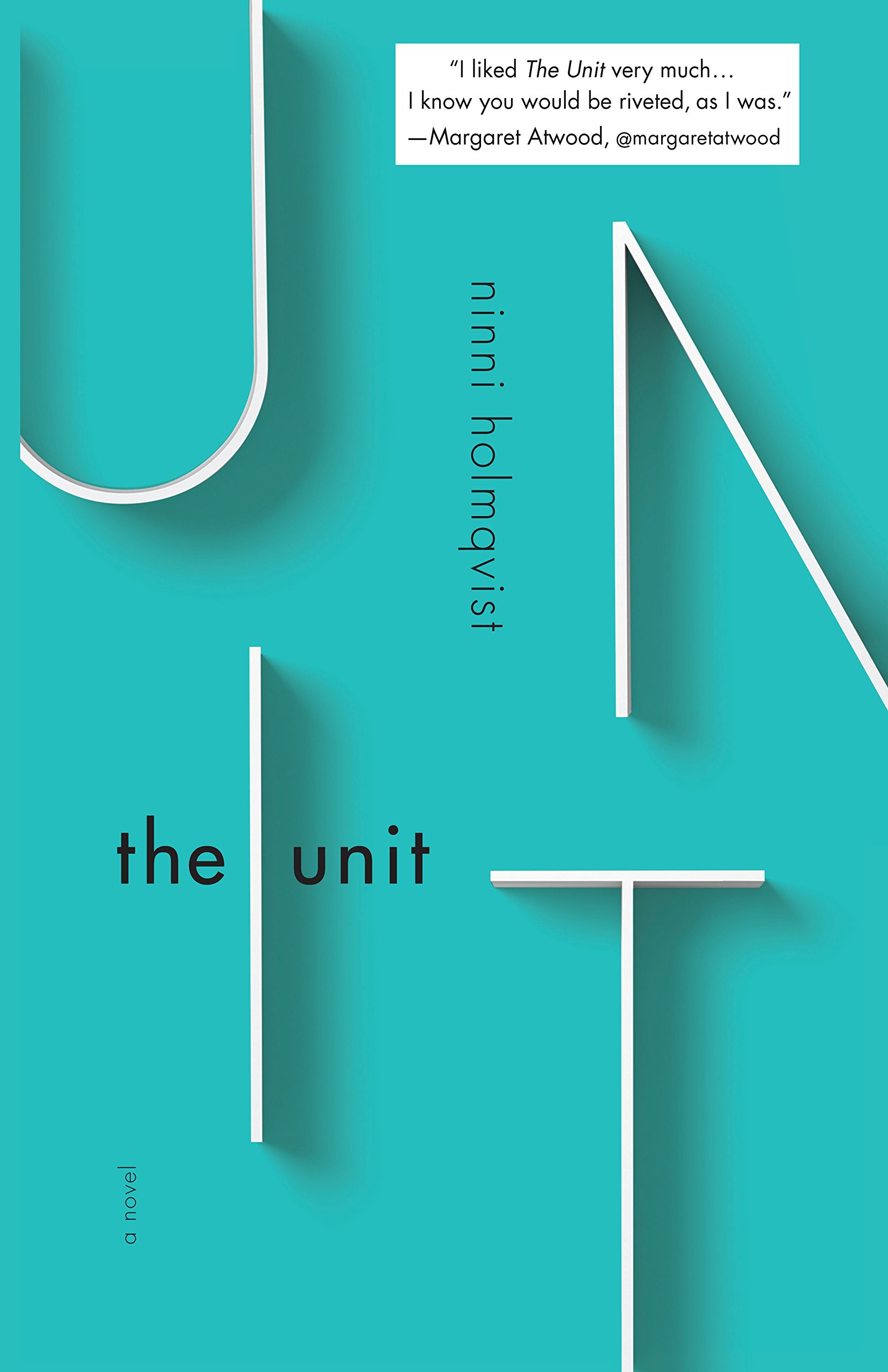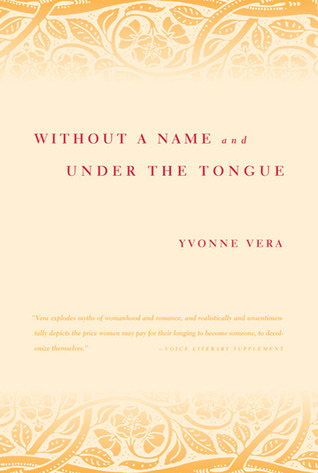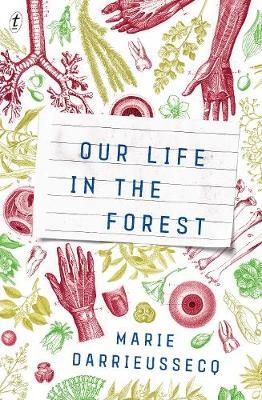I had been seeing Diane Cook’s latest novel, The New Wilderness, everywhere before receiving a review copy. The novel was shortlisted for the Man Booker Prize in 2020, and television rights have already been purchased by Warner Brothers. The New Wilderness has been highly praised everywhere I have looked; Lemn Sissay deems it ‘the environmental novel of our times’, and Emily St. John Mandel applauds it as a ‘virtuosic debut, brutal and beautiful in equal measure.

Cook’s dystopian novel is about a future in which climate change has ravaged our cities, making them unlivable. She has focused upon the relationship between a mother, Bea, and her daughter, Agnes. When Agnes is five, she is gravely ill, as a consequence of the damaged world. She is wasting away, ‘consumed by the smog and pollution of the over-developed metropolis they call home.’ Bea knows that if they stay in the city, where medical treatment is difficult to find, Agnes is sure to die. They have no choice but to join a social experiment, pioneered by Bea’s husband, Glen; they will move to the last remaining wilderness – the ‘unwelcoming, untamed’ Wilderness State – to join a group of volunteers. They travel here simply ‘because there was no other place they could go’.
This experiment, overseen by a series of Rangers and officials who fill the Wilderness space, ‘took almost a year of working and waiting to get the permission to place humans into what was essentially a refuge for wildlife, the last Wilderness area left… It was risky. It was uncomfortably unknown. It was an extreme idea and an even more extreme reality.’ The family slowly learn how to survive in their new surroundings, which are unpredictable, and often fraught with danger. Their experience quickly becomes a disorienting one; they stop measuring days, and have only vague maps on which to mark their journeys and location. They are nomads, really; they traverse the land, not permitted to stay in any one place for more than a week.
From its very beginning, The New Wilderness is vivid, and plays to our collective visceral fear of the world changing irreversibly. In the first scene, Bea gives birth to a baby daughter, who is stillborn. Cook writes of this in prose which sets the largely bleak tone for the whole novel: ‘The body emerged from Bea the color of a bruise. Bea burned the cord somewhere between them and uncoiled it from the girl’s slight neck and, though she knew it was useless, swept her daughter up into her hands, tapped on her soft chest, and blew a few shallow breaths into her skinny mouth.’ The reader is quickly given an insight into Bea’s state of mind; she reflects that she did not want to bring a baby into this new world, and doing so would have been wrong.
We learn a lot about Bea’s approach to motherhood, as well as her constantly shifting relationship with her daughter, as the novel progresses. Early on, it is revealed that Bea ‘loved Agnes fiercely, though motherhood felt like a heavy coat she was compelled to put on each day no matter the weather.’ Bea soon learns that as Agnes grows healthier, and becomes more independent, their new life will threaten their relationship in a very real way.
The boundaries between the human and animal worlds are wonderfully blurred in The New Wilderness; indeed, I believe that this is one of the elements which Cook handles most impressively. The human group often finds itself trespassing into habitats which animals have called home for centuries. Of course, they rely on the animals being around them as a source of food and clothing, amongst other things, but Cook makes it clear that the animals themselves are disappearing at an alarming rate; they are becoming rare. The characters’ primal instincts are also often compared to animal counterparts, which I found to be an interesting touch: ‘Like an animal, Agnes froze when fearful and bolted when endangered. Bea imagined that as Agnes grew up this world would change. She might feel less like prey and more like a predator.’
Descriptions of the natural world are plentiful here. The environment in which the group lives is recognisable, but their circumstances are so out of the ordinary. Cook builds a believable scenario very early on, and her world-building is competent and thorough. We do not know where exactly the novel is set, or in which year, but it provides a scary glimpse into what the future really could hold, unless we as a civilisation drastically change our ways. The reader quickly gets a feel for their environment, and the way in which they are forced to live within it.
There are, as one might expect, many trigger warnings in this novel, from death and violence particularly. Also shocking, if perhaps inevitable, is the approach which the members of the group take toward death: ‘They had seen a lot of death. They had become hardened to it. Not just the Community members who had perished in grisly or mundane ways. But around them everything died openly. Dying was as common as living. They worried about one another, of course, but when one of them ceased surviving for whatever reason, they closed ranks and put their energy into what remained alive.’
The New Wilderness draws together a lot of elements which interest me in fiction – dystopias, complex relationships, growing up – and Cook handles each so well. I found The New Wilderness to be a compelling and highly readable novel, which holds a few surprises along the way. The plot moves along very well indeed, and the characters and their actions are convincing.

 2. Daughters of the North by Sarah Hall
2. Daughters of the North by Sarah Hall
 4. The Tiller of Waters by Hoda Barakat
4. The Tiller of Waters by Hoda Barakat
 6. Yesterday, at the Hotel Clarendon by Nicole Brossard
6. Yesterday, at the Hotel Clarendon by Nicole Brossard
 8. Lola, California by Edie Meidav
8. Lola, California by Edie Meidav who had suffered trauma… Every two weeks, she travelled out to the Rest Centre, to visit her “half”, Marie, her spitting image, who lay in an induced coma, her body parts available whenever the woman needed them.’ This woman, our narrator, has fled to the forest along with many other people, ‘as a form of resistance against the terror in the city.’ Their halves live in the forest with them, and have to be taught how to function as humanly as is possible. Only the privileged have halves, too; those who cannot afford the full body clones which can be used for organ replacement and the like, have jars, which are filled with just a few organs. Those who cannot afford the jars have no help or assurance at all.
who had suffered trauma… Every two weeks, she travelled out to the Rest Centre, to visit her “half”, Marie, her spitting image, who lay in an induced coma, her body parts available whenever the woman needed them.’ This woman, our narrator, has fled to the forest along with many other people, ‘as a form of resistance against the terror in the city.’ Their halves live in the forest with them, and have to be taught how to function as humanly as is possible. Only the privileged have halves, too; those who cannot afford the full body clones which can be used for organ replacement and the like, have jars, which are filled with just a few organs. Those who cannot afford the jars have no help or assurance at all. From the first, we feel protagonist Yolanda’s disorientation; we are privy to it: ‘So there were kookaburras here. This was the first thing Yolanda knew in the dark morning. … She got out of bed and felt gritty boards beneath her feet. There was the coarse unfamiliar fabric of a nightdress on her skin. Who had put this on her?’ Wood allows us to see her dilemma: ‘She knew she was not mad, but all lunatics thought that’. Yolanda also, rather touchingly, takes an inventory of herself during her first morning in captivity: ‘Yolanda Kovocs, nineteen years eight months. Good body (she was just being honest, why would she boast, when it had got her into such trouble?). … One mother, one brother, living. One father, unknown, dead or alive. One boyfriend, Robbie, who no longer believed her… One night, one dark room, that bastard and his mates, one terrible mistake. And then one giant fucking unholy mess.’
From the first, we feel protagonist Yolanda’s disorientation; we are privy to it: ‘So there were kookaburras here. This was the first thing Yolanda knew in the dark morning. … She got out of bed and felt gritty boards beneath her feet. There was the coarse unfamiliar fabric of a nightdress on her skin. Who had put this on her?’ Wood allows us to see her dilemma: ‘She knew she was not mad, but all lunatics thought that’. Yolanda also, rather touchingly, takes an inventory of herself during her first morning in captivity: ‘Yolanda Kovocs, nineteen years eight months. Good body (she was just being honest, why would she boast, when it had got her into such trouble?). … One mother, one brother, living. One father, unknown, dead or alive. One boyfriend, Robbie, who no longer believed her… One night, one dark room, that bastard and his mates, one terrible mistake. And then one giant fucking unholy mess.’